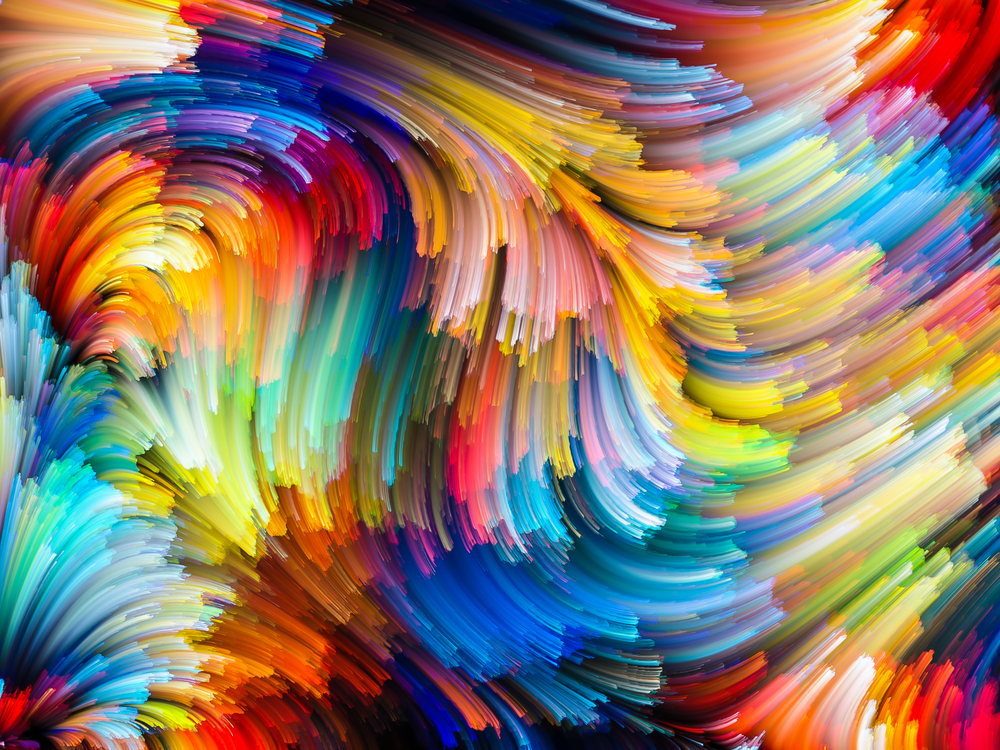[smart_track_player url=”http://www.podtrac.com/pts/redirect.mp3/pixelcorps.cachefly.net/twip/twip_457_aud.mp3″ color=”6a1915″ title=”Chasing Color” artist=”TWiP 457″ ]
TWiP Episode 457 – Chasing Color
For photographers, accurate color has always been somewhat subjective and elusive. Everyone perceives colors differently due to variances in biology, environment and even time of day. Apple, in their relentless quest to make our lives better through technology have introduced a new feature in their upcoming iPads that effectively changes the display you’re viewing based on the current surroundings. That sounds fantastic on the surface, but for artists looking to create works that are somewhat consistent in color rendition, it might prove to exacerbate an already tough problem.
Before we get started, we also wanted to let you know that Frederick is excited to be speaking at the Out of Chicago conference June 24-26. For a limited time, they’re knocking $100 off the registration price if you use the code “twipchicago” when you sign up. Just head over to TWiP.Pro/OOC to see all the details. See you in the windy city!
Links Mentioned in This Episode
- Instagram is switching its feed from Chronological to best posts first
- Apple announces new hardware devices, accessories & app updates
- Flux
- David Hobby calls MagBeam’s claims BS
- Lighting options: White Lightning, Alien Bees, Profoto
- PRO Tutorial – The Flood – 20% Off Code: TWiP20
- Phlearn Instagram Contests #phlearncontest
- Phlearn Photoshop tutorials: Create a Gift to Remember, Swap Logos, Retouch a photo & turn it into a memory
- Shiv's Workshops: Iceland 2016, Myanmar 2016, 2017 Photo Safaris to Namibia, Botswana and Tanzania
Picks of the Week
- Aaron: GripTight GorillaPod Magnetic
- Shiv: X-Rite ColorChecker Passport for Video and Photo
- Frederick: Firmware update for the DJI Osmo
TWiP 457 is brought to you by:
Freshbooks
Freshbooks – the simple cloud accounting solution that’s helping thousands of new entrepreneurs and small business owners save time billing, and get paid faster. Sign up for free today at FreshBooks.com and join over 5 million users running their business with ease.
Out of Chicago
Frederick is excited to be speaking at the Out of Chicago conference June 24-26. For a limited time, they’re knocking $100 off the registration price if you use the code “twipchicago” when you sign up. Just head over to TWiP.Pro/OOC to see all the details. See you in the windy city!
Connect with Our Hosts & Guests
- Aaron Nace: Website, Twitter, Google+, Instagram
- Shiv Verma: Website, Twitter, Google+
- Frederick Van Johnson: Website, Twitter, Google+, Instagram, Pinterest
Credits
- Pre-production by: Bruce Clarke
- Post production by: Suzanne Llewellyn & Vince Bauer
- Bandwidth provided by: Cachefly

